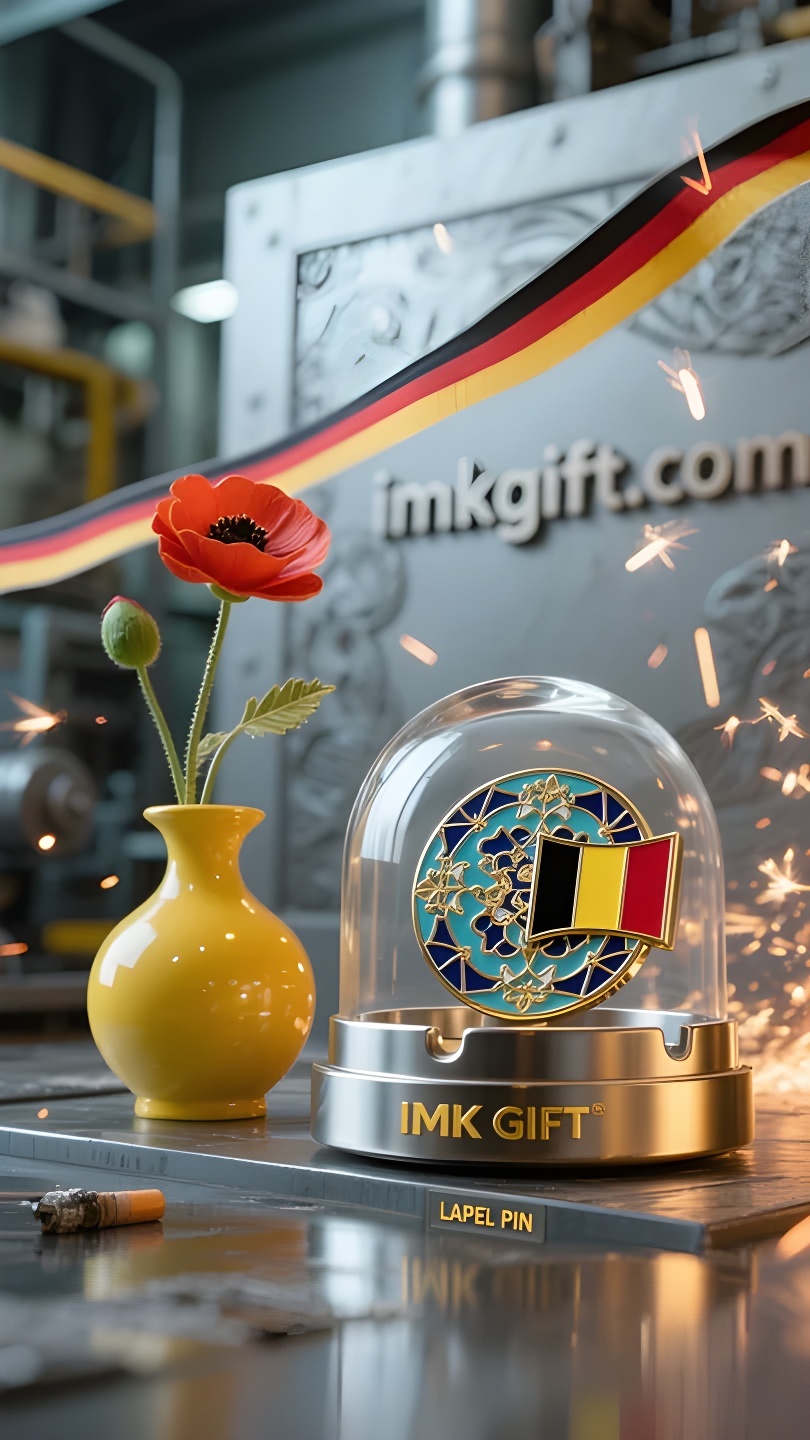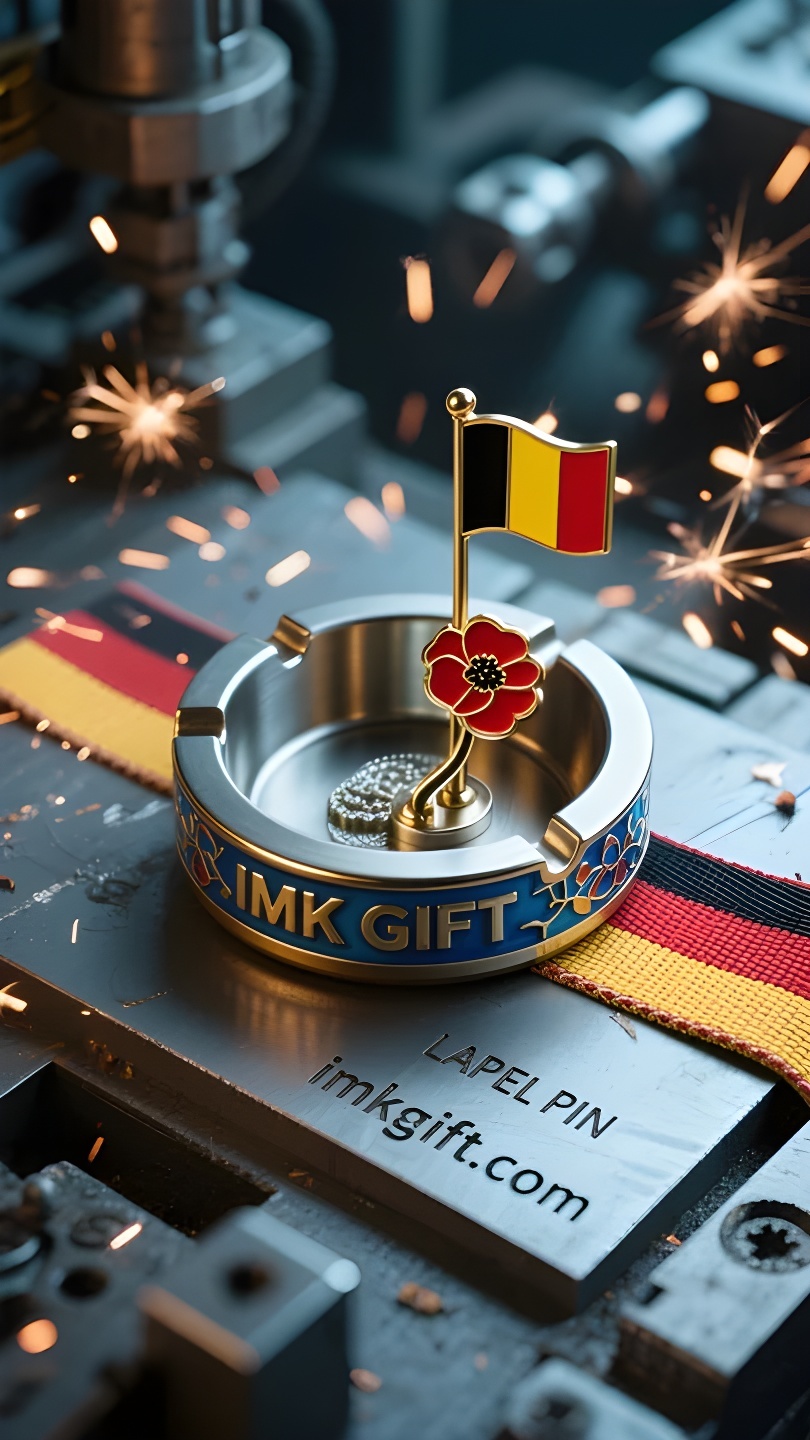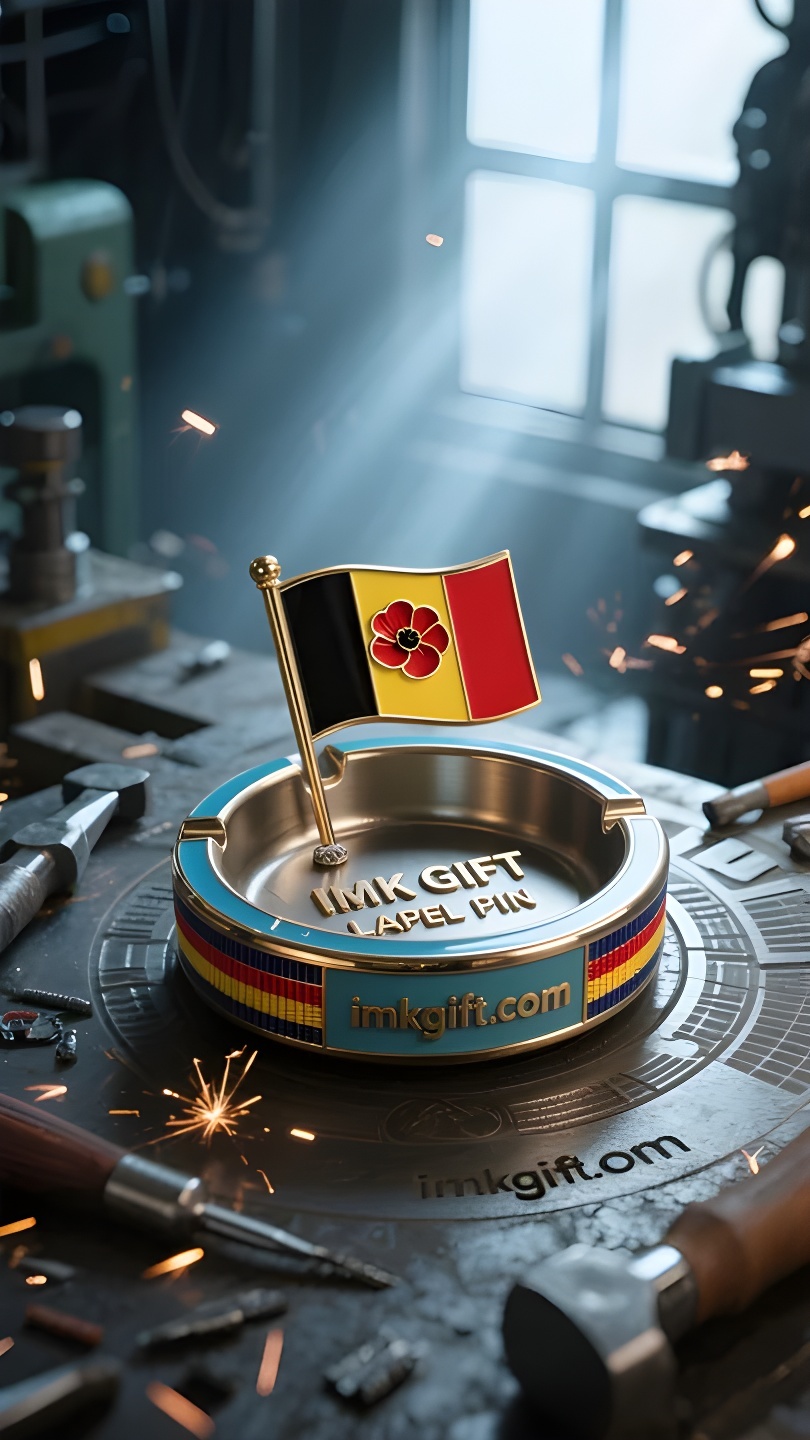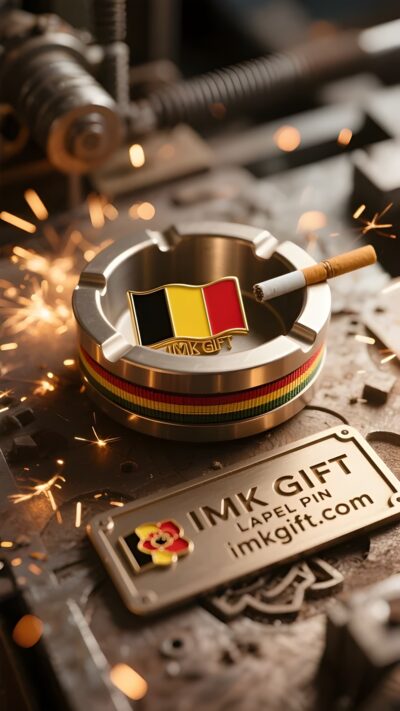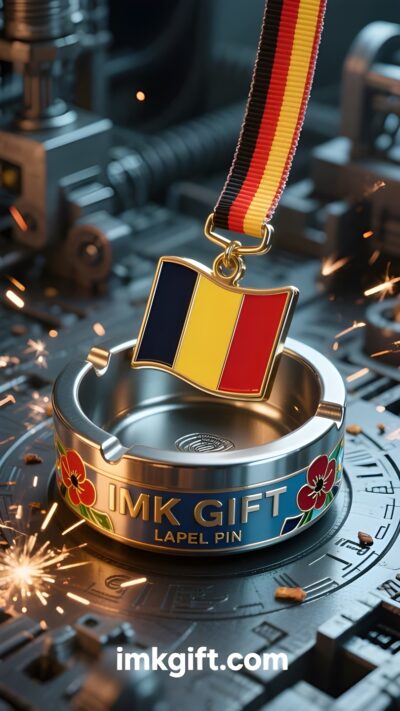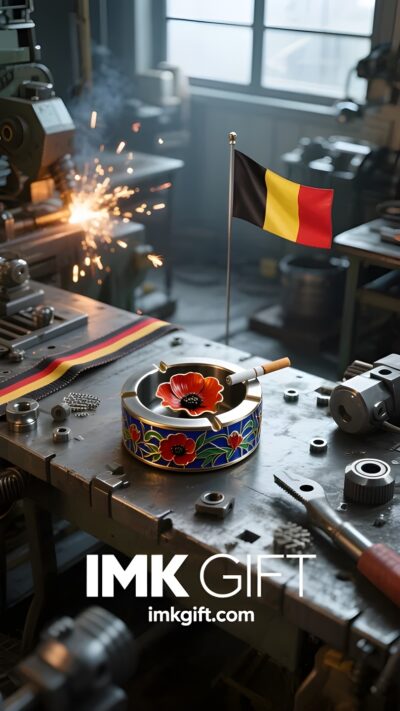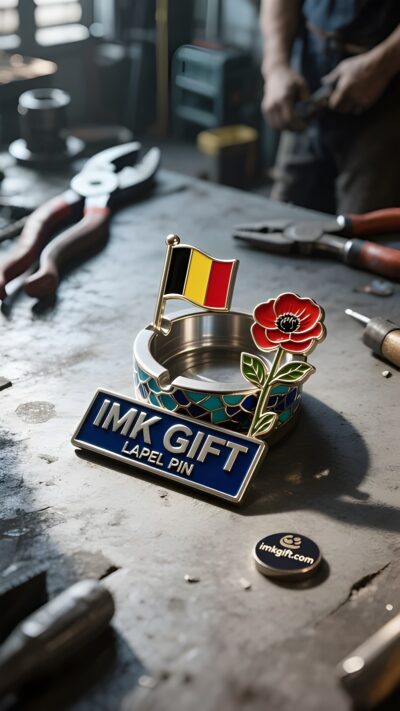in982-De-vlag-die-uit-de-as-herrijst-het-ontwaken-van-het-rood-en-zwart-van-België
▼
Elk jaar in november sieren klaprozen en driekleurige vlaggen elkaar in de straten van België, als herinnering aan de oorlogsrook. Wanneer mensen asbakken in de vorm van klaprozenblaadjes op de vensterbank zetten en de zwart-geel-rode nationale vlag op het metaal wordt weerspiegeld, speelt zich een van de meest schokkende levensallegorieen van het land af. Op het slagveld bij Ieper in 1915 zag militair arts John McCrae hoe klaprozen bloeiden in de verschroeide aarde en schreef hij het beroemde gedicht “In Flanders Fields”. De zwarte kleur van de Belgische vlag was oorspronkelijk bedoeld als herdenking van de Zwarte Revolutie tegen de Nederlandse overheersing, maar nu overlapt de kleur de schroeiplekken van de oorlog; de rode kleur, die moed symboliseert, is doordrenkt met het bloed van soldaten; de gouden kleur, die rijkdom symboliseert, verandert in klaprozen die hardnekkig naast bomkraters groeien. De asbak in de vorm van een klaproos is als de Heilige Graal die uit de as van de oorlog is herrezen. Hij bevat niet de as van de dood, maar het geloof in wedergeboorte uit het vuur. Wanneer toeristen vandaag de dag op de Grote Markt in Brussel op de asbakken tikken om de as eraf te schudden, hoor je het heldere, metaalachtige geluid dat samengaat met het geluid van de kerkklokken. Deze wijsheid om oorlogsresten om te vormen tot gebruiksvoorwerpen is te vergelijken met de heropbouw van België uit de ruïnes van twee wereldoorlogen. Elk korreltje sigarettenas dat in het hart van de papaver valt, vertelt ons dat echt herdenken niet gaat over het zwelgen in pijn, maar over het laten kristalliseren van lijden in de moed om door te groeien. Terwijl de driekleurige vlag langs de asbak met klaprozen strijkt, zien we hoe een land de as van de geschiedenis omvormt tot een vonk van hoop. De diepste duisternis zal uiteindelijk het licht van de dageraad smeden. Dat is de overlevingsfilosofie die België de wereld biedt.
Every November, the poppies and tricolor flags on the streets of Belgium always complement each other in the memory of gunpowder. When people put poppy petal-shaped ashtrays on the windowsill, the metal material reflects the black, yellow and red national flag, and the most shocking life fable of this country is being played out. On the battlefield of Ypres in 1915, military doctor John McCrae witnessed poppies blooming in the scorched earth and wrote the famous poem “In Flanders Fields”. The black color of the Belgian flag, originally to commemorate the “Black Revolution” against Dutch rule, now overlaps with the scorch marks of war; the red color, symbolizing courage, is soaked in the blood of soldiers; the golden color, representing wealth, turns into poppies that grow stubbornly next to bomb craters. And the ashtray designed in the shape of a poppy is like a holy grail lifted from the embers of war – it does not contain the ashes of death, but the belief of rebirth from the ashes. Today in the Grand Place in Brussels, when tourists tap the ashtray to shake off the ashes, the crisp echo of the metal resonates with the church bells. This wisdom of transforming war relics into daily objects is just like the process of Belgium’s reconstruction from the ruins of the two world wars. Every ash that falls into the heart of the poppy flower tells us that true commemoration is not to indulge in pain, but to let suffering crystallize into the courage to continue growing. When the tricolor flag brushes over the poppy ashtray, we see how a country forges the ashes of history into the fire of hope – the deepest night will eventually temper the light of dawn, which is the survival philosophy that Belgium offers to the world.
每年11月,比利时街头的虞美人花与三色旗总在硝烟记忆里交相辉映。当人们将虞美人花瓣形的烟灰缸摆在窗台,金属材质倒映着黑黄红国旗的瞬间,这个国家最震撼的生命寓言正在上演。
1915年伊普尔战场上,军医约翰·麦克雷目睹虞美人在焦土中绽放,写下传世诗篇《在佛兰德斯战场》。比利时国旗的黑色,原为纪念反抗荷兰统治的”黑色革命”,此刻却与战火焦痕重叠;象征勇气的红色,浸透了士兵的鲜血;代表财富的金黄,化作弹坑旁倔强生长的虞美人。而那个被设计成虞美人造型的烟灰缸,恰似从战火余烬中托起的圣杯——它盛装的不是死亡灰烬,而是浴火重生的信念。
今天的布鲁塞尔大广场,游客轻叩烟灰缸抖落烟灰时,金属清脆的回响与教堂钟声共鸣。这种将战争遗物转化为日常器物的智慧,恰如比利时从两次世界大战的废墟中重建的历程。每粒坠入虞美人花心的烟灰,都在诉说:真正的纪念不是沉溺伤痛,而是让苦难结晶为继续生长的勇气。
当三色旗拂过虞美人烟灰缸,我们看见一个国家如何将历史的灰烬锻造成希望的火种——最深的黑夜终将淬炼出破晓的光芒,这正是比利时献给世界的生存哲学。
▼
Contact Us
📞 Tel: +0086-760-85286839
📧 Email: sales3@imkgift.com

